The world of tropical fruits is vast and diverse, boasting unique species with rich flavors, cultural symbolism, and medicinal benefits. Among these exotic offerings, the Keppel fruit, scientifically known as Stelechocarpus burahol, stands out for its rarity and fascinating history. Known locally as “Burahol” in Indonesia, this fruit has captivated botanists and cultural historians alike for centuries. Though little-known in global markets, the Keppel fruit has a significant cultural and botanical presence in Southeast Asia.
When it comes to identifying the largest producer of this rare and valuable fruit, Indonesia holds an indisputable lead. The country’s tropical climate, fertile soils, and longstanding cultural attachment to the Keppel fruit have allowed it to become the primary — and virtually exclusive — global producer. In this article, we will explore the botanical characteristics of the Keppel fruit, its historical significance, cultivation patterns, nutritional benefits, challenges, and why Indonesia stands at the forefront of its global production.
What is the Keppel Fruit?
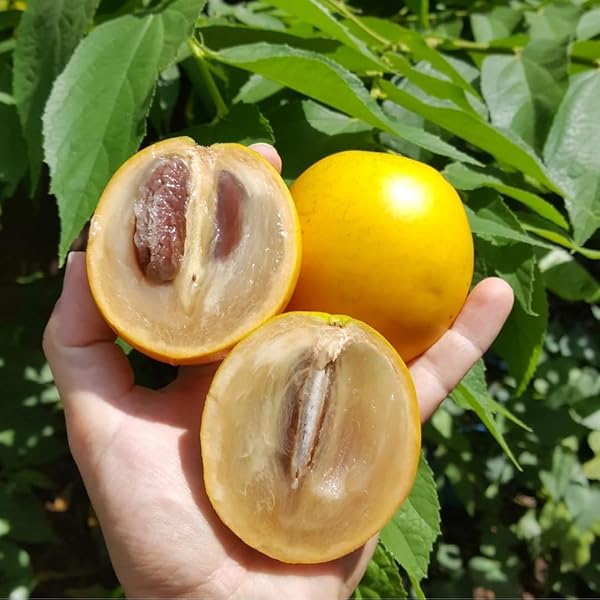
The Keppel fruit is a small, round, and brownish tropical fruit native to the rainforests of Southeast Asia. It belongs to the Annonaceae family, which also includes other tropical fruits like soursop and custard apple. The Keppel tree typically grows up to 20–25 meters tall, featuring glossy, dark green leaves and small yellowish flowers that appear directly on its trunk and branches — a botanical phenomenon known as cauliflory.
The fruit itself measures about 5–6 centimeters in diameter, with a tough, leathery outer skin that covers a soft, yellowish-orange pulp. The flavor is pleasantly sweet with subtle notes of mango, banana, and coconut. However, what truly sets the Keppel fruit apart is its traditional reputation for imparting a natural deodorizing effect, believed to leave the body with a subtle, sweet scent after consumption.
Historical and Cultural Significance
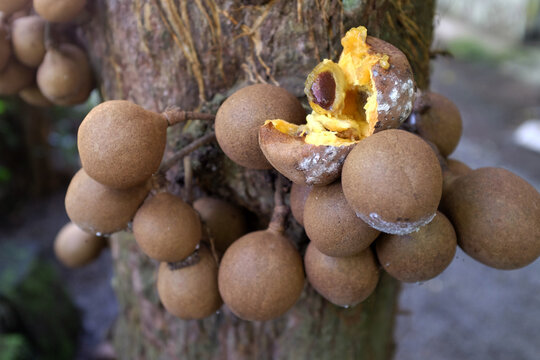
The Keppel fruit holds deep cultural roots in Indonesia, particularly in the island of Java. Historically, the fruit was highly valued by Javanese royalty and noblewomen, who believed it helped maintain a fragrant body scent and served as a natural fertility regulator. Its consumption was once restricted to the elite, making it a symbol of exclusivity and privilege.
Even today, the fruit remains a culturally significant delicacy in Yogyakarta and Central Java, often grown in palace gardens and religious compounds. The tree is also considered sacred in some local traditions, associated with purity, modesty, and female virtue.
Where Is the Keppel Fruit Grown Today?
While native to several regions of Southeast Asia, including parts of Malaysia and Thailand, the cultivation of Keppel fruit has dramatically declined outside Indonesia. It’s grown sporadically in home gardens, botanical gardens, and experimental plantations in other countries, but these efforts are small-scale and primarily for conservation or research purposes.
The most notable pockets of Keppel fruit cultivation remain concentrated in Indonesia, particularly in:
- Yogyakarta
- Central Java
- East Java
- West Java
Botanical gardens like Purwodadi Botanical Garden and Taman Mini Indonesia Indah in Jakarta maintain healthy Keppel fruit specimens, ensuring the preservation of this species for future generations.
Why Indonesia Leads Global Production
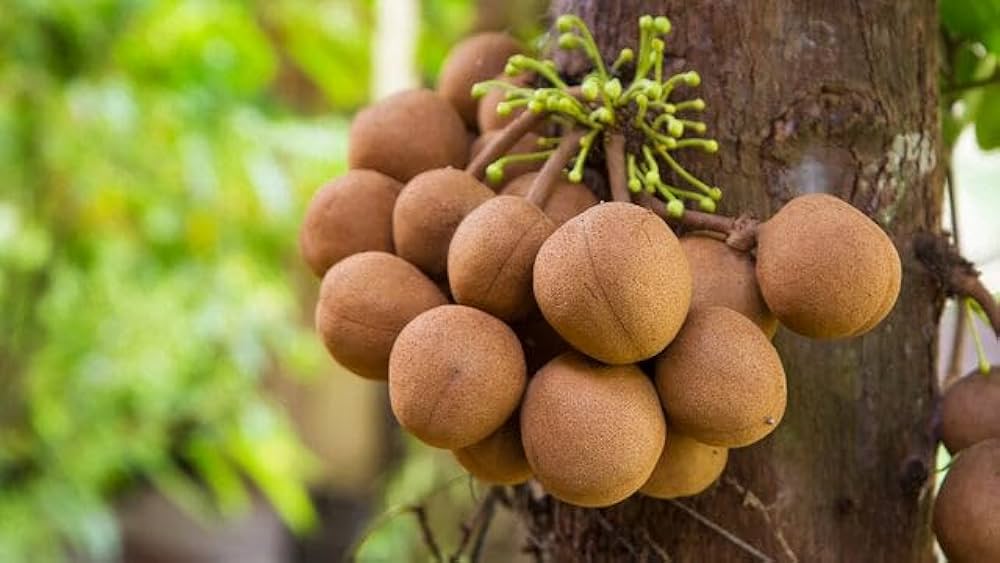
Native Habitat and Ideal Climate
Indonesia’s tropical rainforest climate provides optimal growing conditions for the Keppel tree. It thrives in:
- Warm temperatures ranging from 22–30°C
- High humidity
- Well-drained, fertile soils
- Elevations between 100–600 meters above sea level
The country’s rich biodiversity and natural forest environments have historically supported the proliferation of Keppel trees, especially in Java.
Cultural and Traditional Value
No other country has integrated Keppel fruit as deeply into its cultural identity as Indonesia. Its association with Javanese royalty, spiritual rituals, and traditional medicine ensures that local communities continue to cultivate and value the tree, even in the absence of large commercial markets.
Conservation Efforts and Botanical Preservation
Indonesia has taken notable steps to preserve the species through:
- Botanical gardens
- Agroforestry projects
- Seed banks and nursery programs
Organizations like LIPI (Indonesian Institute of Sciences) have prioritized Keppel fruit conservation due to its endangered status in the wild.
Production Data and Global Presence
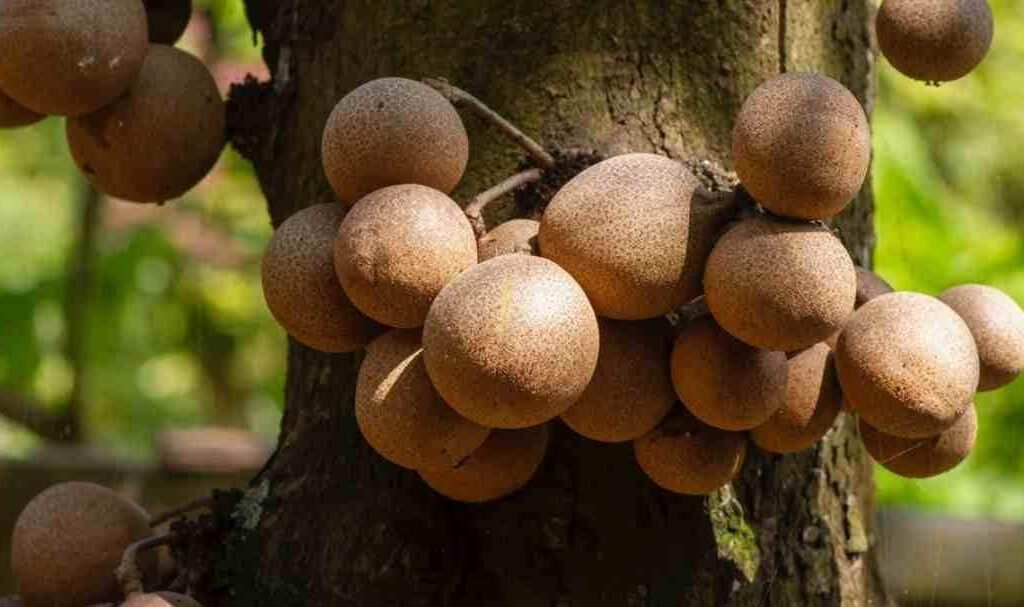
Accurate global production data for Keppel fruit is limited, given its niche cultivation and local consumption. However, agricultural and botanical reports estimate that over 95% of the world’s Keppel fruit trees are found in Indonesia.
| Country | Production Role | Market Reach |
|---|---|---|
| Indonesia | Primary producer | Local markets, palace grounds, botanical collections |
| Malaysia | Minimal, mostly in botanical gardens | None |
| Thailand | Very rare, experimental | None |
| Philippines, India, USA | Extremely rare specimens | None |
Nutritional and Medicinal Benefits
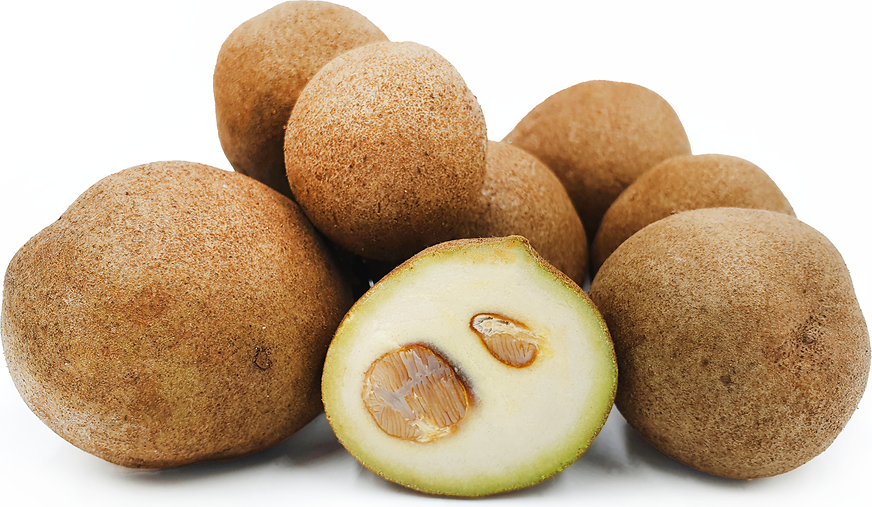
Though under-researched compared to commercial fruits, Keppel fruit is known to offer several nutritional and medicinal benefits:
- Rich in dietary fiber, promoting digestion
- Contains vitamin C and antioxidants, supporting immune health
- Traditionally believed to act as a natural deodorizer
- Used as a diuretic and anti-inflammatory agent in local herbal medicine
Recent interest in exotic and functional fruits has led to renewed scientific curiosity about the Keppel fruit’s pharmacological properties.
Agricultural Challenges
Despite its unique qualities and cultural value, the Keppel fruit faces several cultivation challenges:
- Slow growth: Trees take 5–7 years to bear fruit from seed
- Low yield: Each mature tree produces a modest annual crop
- Limited commercial interest: Its niche appeal and short shelf life limit market expansion
- Habitat loss: Deforestation and urbanization have reduced its natural range
Opportunities for Future Development
As global demand for exotic and health-promoting fruits rises, the Keppel fruit presents intriguing possibilities:
- Specialty markets: Niche food markets and gourmet culinary sectors may value its unique flavor and history
- Value-added products: Potential for natural deodorizing supplements, herbal teas, and cosmetic extracts
- Eco-tourism and cultural branding: Promotion through Indonesian culinary heritage and botanical tourism
With adequate investment in conservation, research, and marketing, the Keppel fruit could gradually regain recognition beyond Indonesia’s borders.
Conclusion
In conclusion, Indonesia is unmistakably the world’s largest and most significant Keppel fruit producer. Its combination of native habitat, cultural reverence, and active conservation ensures that this rare fruit continues to thrive in select regions of Java. While other countries may possess isolated trees, none have embraced the Keppel fruit with the same cultural, botanical, or economic commitment.
As interest in underutilized tropical fruits and sustainable agriculture grows, the Keppel fruit represents both a link to Indonesia’s royal past and a potential star in future eco-friendly and health-centric food markets. Protecting and celebrating this unique species is not only an act of agricultural preservation but a testament to the richness of Indonesia’s natural and cultural heritage.

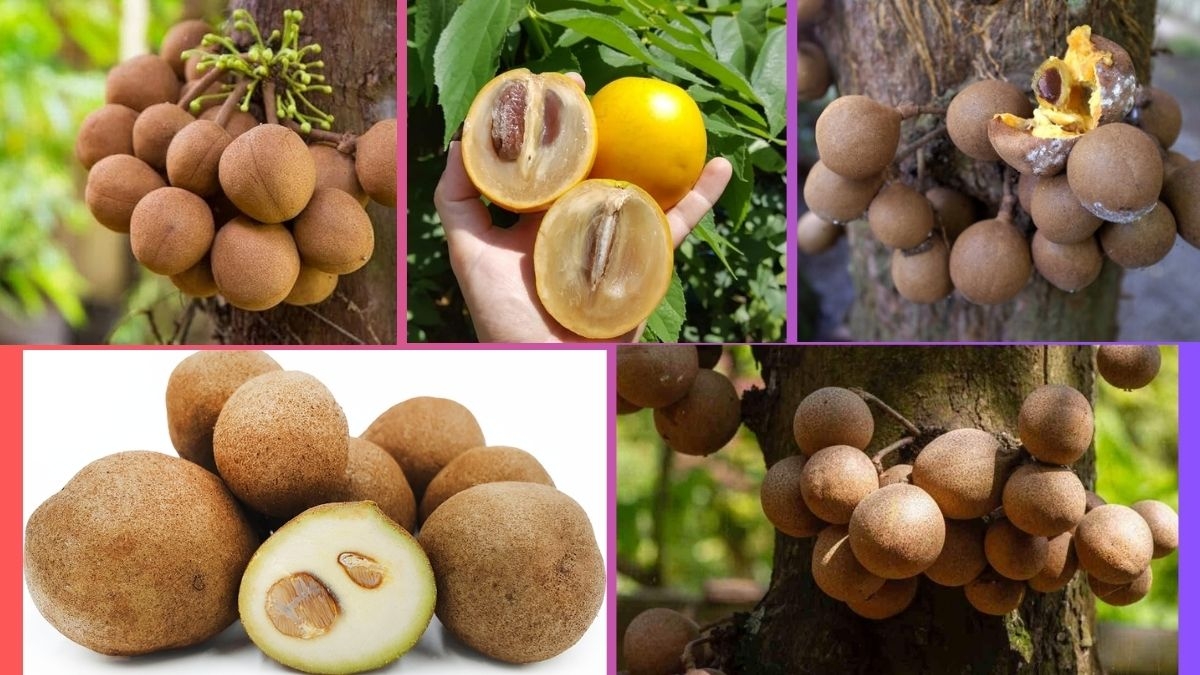




Leave A Comment